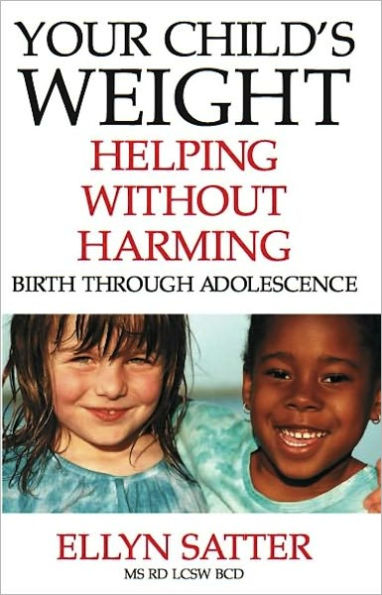5
1

Your Child's Weight: Helping Without Harming
472
Your Child's Weight: Helping Without Harming
472eBook
$8.99
$9.99
Save 10%
Current price is $8.99, Original price is $9.99. You Save 10%.
Related collections and offers
8.99
In Stock

Product Details
| ISBN-13: | 9780967118932 |
|---|---|
| Publisher: | Kelcy Press |
| Publication date: | 12/01/2011 |
| Sold by: | Barnes & Noble |
| Format: | eBook |
| Pages: | 472 |
| File size: | 8 MB |
About the Author
From the B&N Reads Blog
